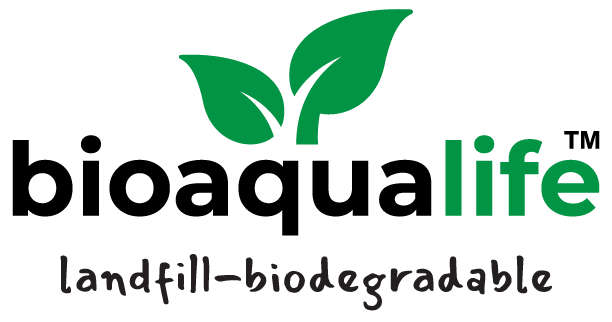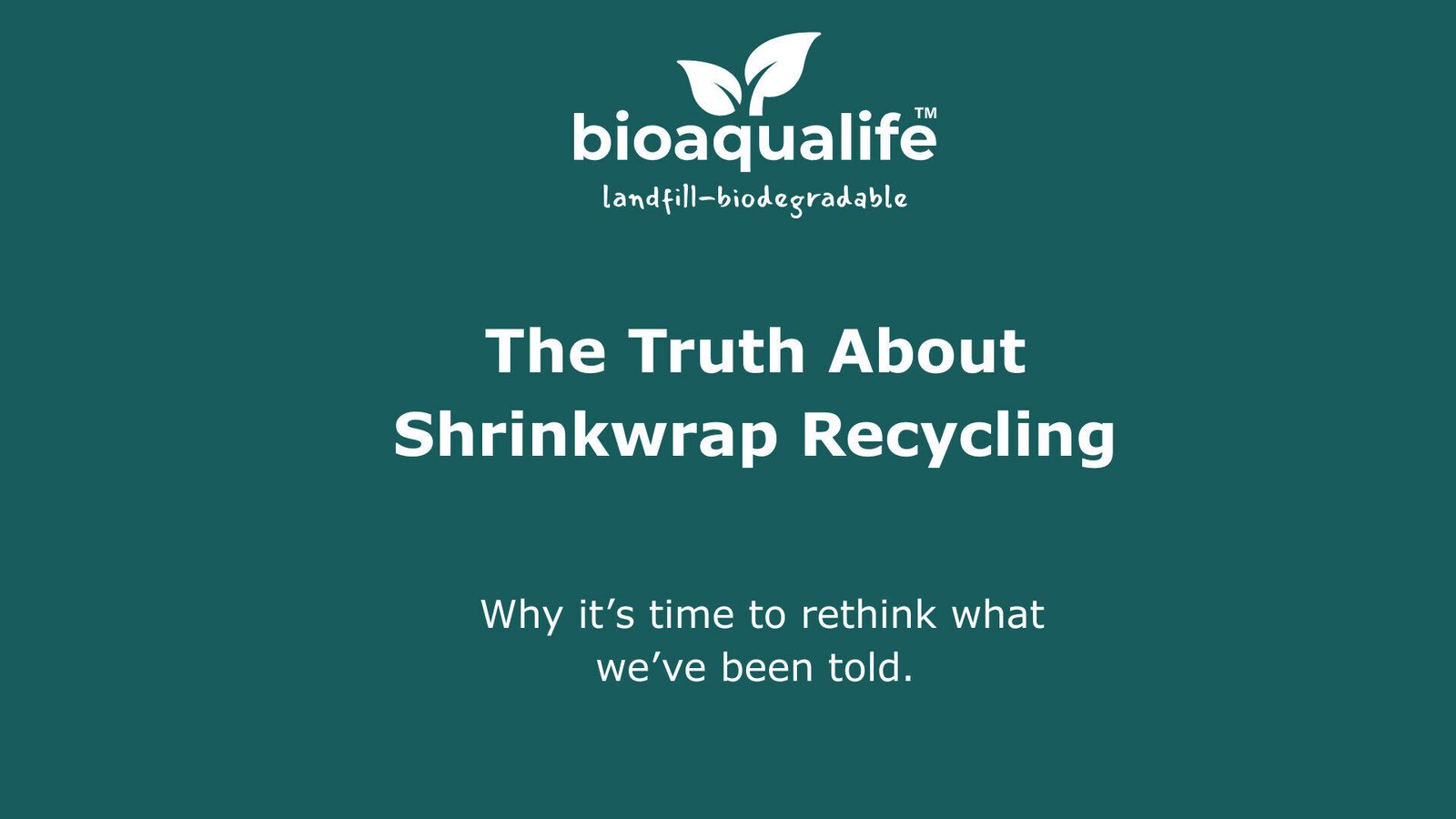For years, boaters and marinas have been told that recycling shrink wrap is the “responsible” choice. Drop it off, send it away, and feel good knowing it’ll get a new life. But the truth? Plastic recycling isn’t the clean dream it’s sold as — especially when it comes to boat shrink wrap.
Let’s break it down.
- 92 million lbs of shrinkwrap is used annually in the U.S. for winterization of boats alone.
- Conventional wrap takes over 500 years to break down, releasing harmful microplastics and chemicals into the environment.
- 91% of marine shrink wrap ends up in landfills.
You Boat yard is one of them and a shrink wrap that was discarded, doesn’t just vanish when it’s dropped in a bin. It’s rather contaminated with oil, dirt, tape, vents, etc., making it costly to collect, move, and process. Even when organized recycling programs exist, they come with caveats, logistics, and environmental trade-offs.
Key problems to understand:
- Recycling = Microplastic Factory
Shrinkwrap is usually recycled through shredding, melting, and remolding. Each cycle weakens the plastic and produces microplastic dust and fragments. Not all of it can be contained. Tiny particles drift into air, water, and soil – and even reach workers’ lungs. Recycling doesn’t stop microplastics; it often creates them.
2. Chemicals Additives Don’t Disappear
Shrinkwrap contains stabilizers, flame retardants, and plasticizers. When reheated during recycling, these additives can leach or form new toxic compounds. Downcycled plastic (like lumber or low-grade packaging) still carries them, continuing the cycle of leaching into products, soils, and waterways.
3. Contamination Is Common
Boat shrinkwrap rarely comes off clean. It collects vents, tape, mildew, and oil. Sorting is costly and imperfect. Once contamination is in, the batch is compromised and often redirected to landfills.
4. Incineration and open burning are dangerous
Burning plastics – whether in incinerators or open fires – generates toxins like dioxins and furans. These pollutants persist in the environment and are linked to health issues including cancer and autoimmune diseases.
5. Exporting plastic waste isn’t a fix
Some collected shrink wrap is shipped overseas. But often, it ends up in places without proper disposal systems, where it’s burned or dumped – eventually breaking into microplastics that travel back into oceans and rivers.
6. The Recycling Illusion
Here’s the hard truth: globally, only about 9% of plastic is truly recycled. Much of what’s collected is sent overseas, burned, or dumped, contributing to the very pollution recycling was meant to prevent.
7. The Stewardship Programs
Some states, like Minnesota, California, and Oregon, have introduced stewardship programs to address shrink wrap waste. These efforts represent progress – but most don’t yet recognize or allow innovative technologies like bioaqualife®. So while boaters, marinas, and installers want better options, they’re usually guided back toward a “recycle only” model.
The good news? These programs are evolving, and with more awareness and advocacy, broader solutions can be included in the future.
8. A Better Way Forward
Shrinkwrap needs to protect boats first – strength, weldability, and durability matter. But it shouldn’t stay in the environment for centuries when discarded. That’s where bioWrap® from bioaqualife® changes the game. It performs better than traditional white or blue wrap and it’s landfill-biodegradable, disappearing in 3.5-5 years instead of millennia (independent lab verified).
It’s time to embrace innovation and let it work for installers, marinas, boat owners, and the planet.
What installers and marina owners can do now
- Ask hard questions of your recycling partners: Where exactly does the material go, and what’s the documented outcome?
- Prioritize materials that combine professional performance (weldability, strength, UV resistance) with safer end-of-life outcomes.
- Encourage stewardship organizations and policymakers to expand definitions – so innovative, low-pollution technologies can be recognized and supported.
Bottom line
If you’re a marina manager, installer, or boat owner who cares about protecting what’s on the dock – and what’s downstream – it’s time to ask for better. Choose materials that protect your assets today, without polluting tomorrow.

